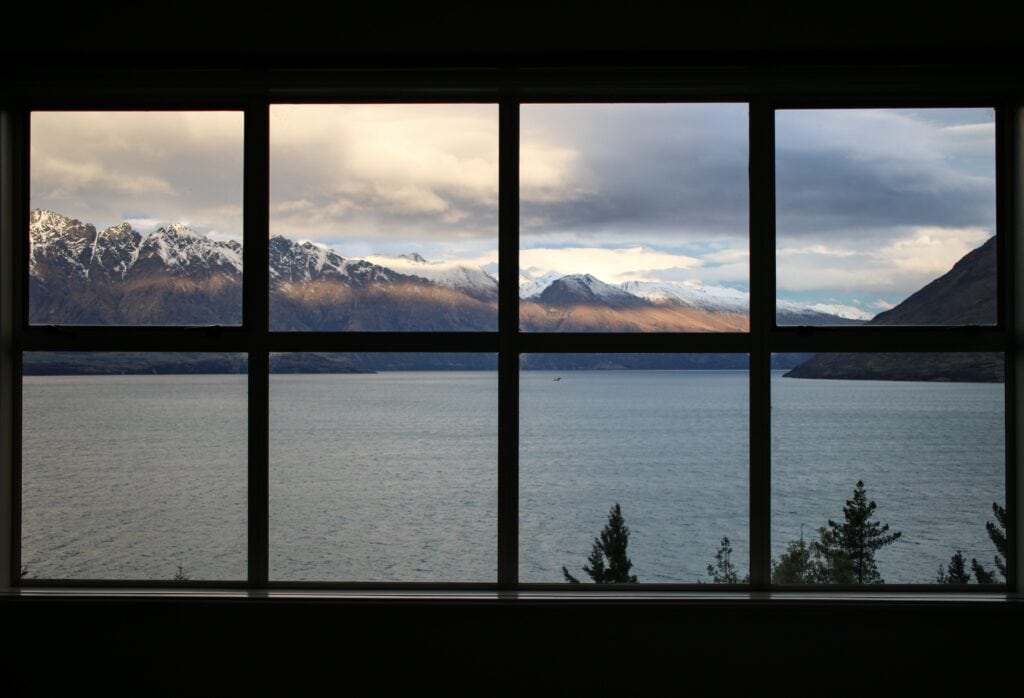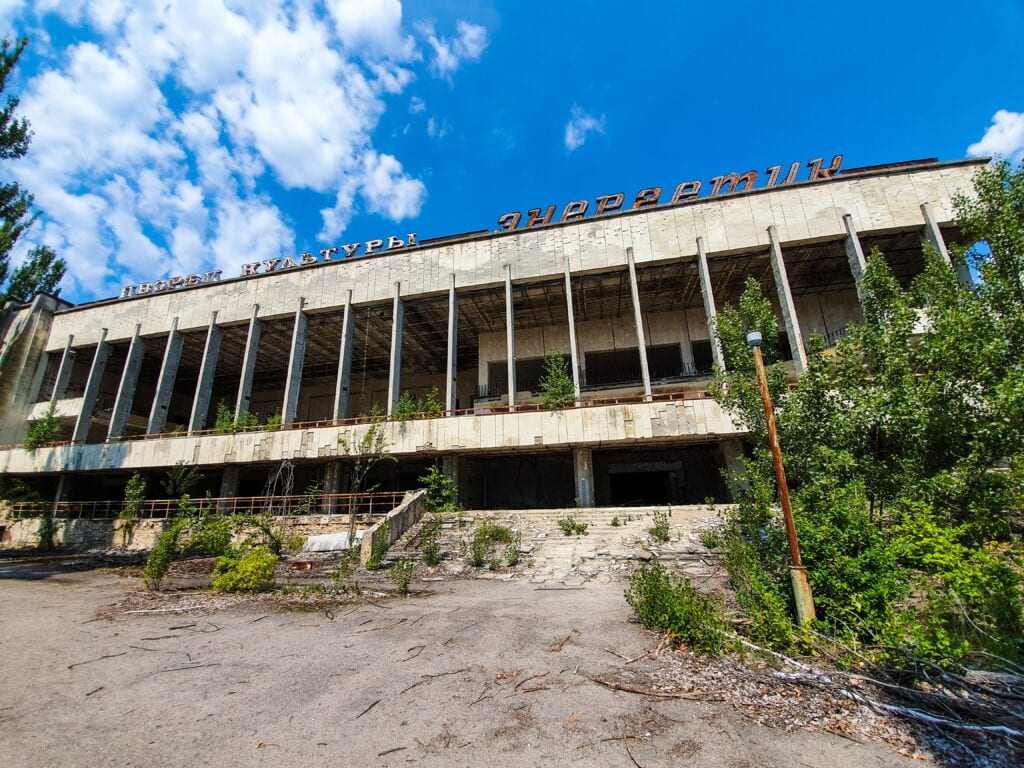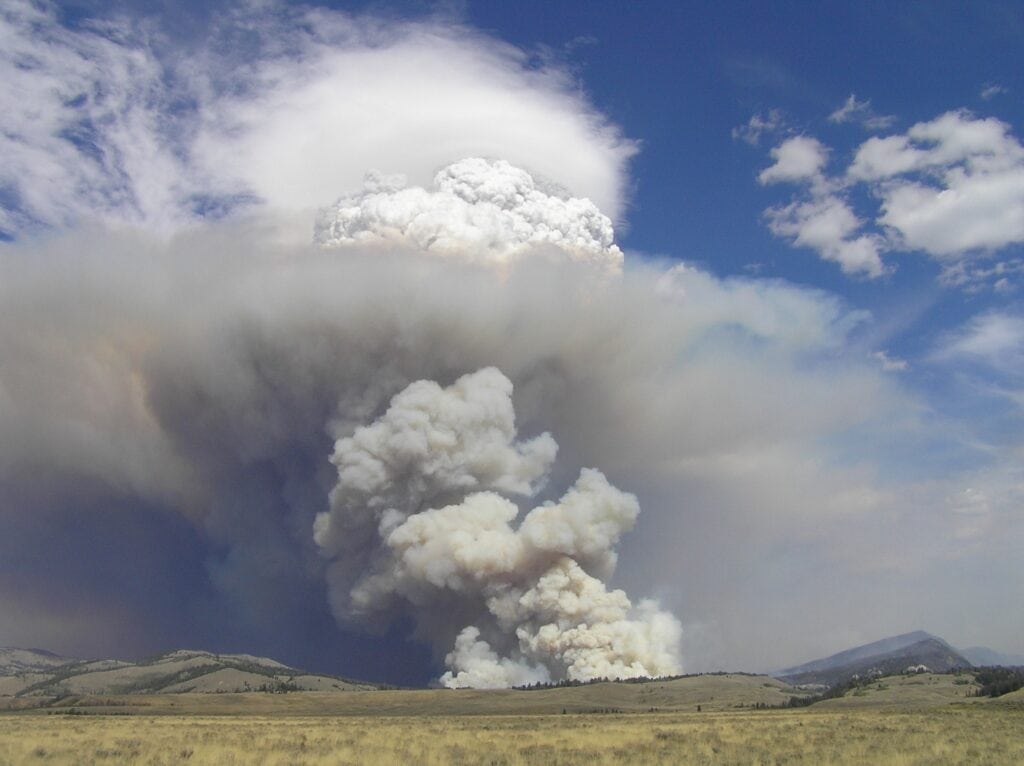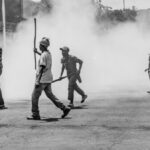The threat of nuclear war is a concerning reality, with seven countries possessing a total of nearly 13,000 nuclear weapons. Tensions between superpowers only increase the likelihood of a nuclear blast occurring.
However, with the right preparations and knowledge, it is possible to survive a nuclear bomb. According to studies, there is typically a 20-minute window to reach a nuclear bunker for safety after a bomb is detonated.
Our ultimate guide covers everything you need to know to increase your chances of surviving a nuclear bomb and staying alive until help arrives
How Much Time Between Nuclear Warning and Impact?
The distance between some nuclear countries is just a border, while others are thousands of miles away. If Pakistan and India fire nuclear missiles at each other, it won’t take more than five minutes to target their capitals. If China interferes and fires an EMP (Electromagnetic Pulse Nuke) before the war, the attack can be prevented. However, if there is no interference, both countries have a very short window to steer clear of the attack.
Russia and the USA have a good distance, giving them 15-30 minutes to evacuate people to nearby shelters. On the other hand, the Pacific Ocean between them is an excellent option for intercepting a nuclear weapon. Not only will it keep both countries safe, but the radioactive fallout will be minimal.
If there is no warning from a country before it fires a nuke, people might not have more than five to ten minutes. However, since nuclear wars are banned internationally, a country must give a warning before firing one. If that is the case, the time before the nuclear detonation could be hours or days. This provides every country with plenty of time for preparation. In addition, that country can also reach the TPNW to stop a nuclear attack.
Stages During a Nuclear Weapon Impact
Your survival highly depends on knowing the stages of the nuclear blast. There are six stages, and every stage has a different survival technique.
- The first stage is the atomic blast that causes a giant fireball. If you see it from miles away, you better cover your eyes as it can cause temporary blindness.
- A shock wave comes after the fireball; it can take several seconds to reach you. The building and structure close to the blast will be flattened to the ground because of the sheer force. So, if you are close to the explosion, you should go underground as deep as possible.
- After the strong wind wave, you’ll see a mushroom cloud growing, indicating that the blast is over, leaking radiation everywhere. The radiation takes time to reach you, so if you survive the shock wave and you have a car that is still working, use it and get away as far away from the blast as possible.
- With radiation comes the blast’s fire and heat, which can cause third-degree burns to people near the explosion. The best option is to stay inside the buildings, away from windows, and cover yourself to avoid burns.
- An electromagnetic pulse occurs, disabling digital devices for miles, including cars. Everything with an integrated circuit will burn and won’t work. You can communicate with anyone or drive anywhere if that happens.
- The final stage is the nuclear fallout which takes around 15 minutes to spread. The radioactive material can spread around a large area if the wind is strong, causing skin diseases.
If you are reasonably distanced from the blast zone, you can still survive till stage three. However, if you are still in the area after stage three, stay indoors and pray that help comes soon.
Surviving a Nuclear Bomb
It is advisable to keep a nuke-surviving kit in your house just like you own a first aid kit. It might not be as handy as a first aid kit, but it is necessary. Furthermore, every person in the house must own a kit. That kit must contain water, a flashlight, medications, multi-purpose tools, a pair of a walkie-talkie, extra cash, and a map. Of course, you can add more items if you can easily carry them, but these are essentials.
Getting the Notification of an Incoming Nuke Attack
 In the old days, loud sirens alerted everyone about the incoming nuke. Nowadays, things are different; you might even get a full video of the incoming nuke on your phone. Whatever the medium, you’ll know that an attack is coming in the next 15-20 minutes, and you have to be ready. If the projectile targeted area is known, get at least 5-10 miles away from there.
In the old days, loud sirens alerted everyone about the incoming nuke. Nowadays, things are different; you might even get a full video of the incoming nuke on your phone. Whatever the medium, you’ll know that an attack is coming in the next 15-20 minutes, and you have to be ready. If the projectile targeted area is known, get at least 5-10 miles away from there.
Start walking in case of heavy traffic, so in 30 minutes, you’ll be far enough to get indoors and survive the blast. However, if the incoming bomb is a city destroyer, you must get to a distance of 20-30 miles. In this case, walking won’t work; take a bike, grab your emergency kit, and drive away.
If you are 10-15 miles from the center and can’t go anywhere because of the chaos, reach your basement and keep food and water with you. Get away from the windows, and stay in the center of the place, especially to a staircase, so you can get out if necessary.
While testing, the nukes are detonated in the air, at least two to three kilometers away from the surface, to avoid fallout. In a war, the bomb will be detonated as close to the surface as possible, so going underground is the best option.
If You Are Outside When the Nuke Detonated
Upon seeing the notification, every person would try to reach their family. So, if you are outside when you see the bomb coming, start running towards the opposite side. Cover behind something solid, lay on the ground, curl yourself, and cover your head. Don’t think that once the blast happens, you are safe; the intense blast wave arrives after a few seconds. That wave can burst eardrums, knock you in the air, or something comes flying and hits your head. Once the devastating wave is gone, the next step is to find a nearby shelter and take cover.
Cover your mouth and nose until you find proper shelter to breathe as little air as possible. Nuclear radiation can spread hundreds of miles, making air dangerous for your lungs. Wetting a cloth and covering your nose and mouth would be even better to avoid radiation sickness. Once inside a building, remove your clothes, throw them away, and put on fresh clothes.
What to Do Once You Are Indoors
If you have been outside for more than 20 minutes after a nuclear blast, the chances are that your clothes are highly contaminated. The best would be to take them off, pack them in a plastic bag, and keep them inside the house but away from physical touch. Take a bath, wash thoroughly and spill lots of water on your body. Clean your hair twice or thrice, as they are mostly exposed during the fallout. Avoid scratching your skin, and don’t use conditioners as they might bind radioactive material to your hair.
Gently blow your nose and clean your ear so if contaminated dirt is trapped there, it comes out. If a shower is unavailable, you can use a wet cloth provided that the cloth is fresh and hasn’t been outside with you. If you have pets, gently clean them, close windows, switch off electronics, and put off fireplaces.
The EMP, followed by the blast, can fry every digital device that is on so that you can say goodbye to electricity for a very long time. However, they’ll survive if you turn off your home appliances and mobile phone. Use your phone to contact your relatives later on. Since mobile phones can ping farther towers to get signals, even if your city towers are no more active, you’ll still get service. The danger is not over yet, as the radiation and heat will intensify for the next 24 hours, so be ready to stay in the shelter for days.
Be Ready to Shelter
In many cases, reaching your home for days after the devastation is impossible. So, wherever you are, make sure to get some food and water and try to stay indoors as much as possible. This is where hard cash is more helpful than your bank and credit cards. Don’t try making fresh food as the radiation can enter your house, and the open food will worsen. Instead, survive on canned food and tightly pack the leftovers once you are done eating.
What if You Are Inside the Area of the Blast?
If you get the notification but aren’t able to get far away from the blast zone, you can still stay alive after a nuclear explosion. It will be difficult but not impossible; the steps to survival are the same, but the danger is also a lot. You must aim to survive the radiation exposure for disease control and to expand your lifespan.
Reach the Basement
During a nuclear crisis, your best friends are rooms without windows. After the initial blast, the intense pressure of the wind will break the windows allowing radiation to enter your house. That basement must have thick walls, so the fierce heat can’t reach you. If you are very close to the center of the blast, the heat will fry every tall and small building, but it can’t do much damage to underground shelters. Most basements have walls on all sides, so you’ll be safe from the heat.
Gather All the Food and Water
 The next step is to keep as much water and food with you as possible because you don’t know when the evacuation team will arrive. If the road connection is still okay with other cities, they might start searching for survivors within a few days. You can expect to stay in that basement for up to a week, so be ready to have enough food, water, and thick clothes to cover yourself.
The next step is to keep as much water and food with you as possible because you don’t know when the evacuation team will arrive. If the road connection is still okay with other cities, they might start searching for survivors within a few days. You can expect to stay in that basement for up to a week, so be ready to have enough food, water, and thick clothes to cover yourself.
Cover yourself adequately; wear glasses to cover the eyes but ensure that no body part is visible. That’ll save you tons of water which you can use for drinking. Also, wear double clothes and change your upper clothes daily to avoid radiation sickness.
Stay Inside and Be Strong
Nuclear weapons are devastating, and their destruction is scary. However, you can survive a nuclear attack with minimal damage if you stay in your senses and make quick decisions. Stay inside for as long as possible because the radiation outside can severely damage you in minutes. Keep checking your gadgets, especially the radio, and listen to guidance from the officials. In this modern world, the digital connection is quite hard to break. So, if your digital devices work after the blast, you can connect to the outside world.
When to Go Outside?
Things can take the worst turn if you don’t have any connection to the outside world. The fallout can take up to three to five weeks before the area becomes safe to travel, but no one can wait that long. Authorities will take action after two or three days, so you must stay inside a building for that time.
Once they believe that air support can reach those areas and people can survive the exposure for 15-20 minutes, the help will come. The helicopters will arrive and announce the rescue time and zone in their first turn. Mostly, those areas are the rooftops, but since there are no more buildings, open ground with less debris will be the next best option.
How to Go Outside?
You can’t expect to walk outside in your normal clothing and run toward the choppers. The radiation will still be strong enough to cause skin burns and cancer. So, the best way is to remove all your old clothes, put on a double layer of fresh clothes, and a thick blanket on top. Then, walk towards the choppers normally so you won’t get tired and breathe a lot of air. Don’t look around a lot, as the destruction can scare people, and they start screaming.
What to Do When You Reach the Safe Camp?
The camp for nuclear refugees will be 50-100 miles from the blast zone. Once you reach there, take a bath, and wear something light. Next, they will take you to radiation oncologists so they can examine your body and tell you the damage. Then, for an entire month, take your medicines on time, take baths, and breathe the fresh air to clean your lungs.
What About an All-Out Nuclear War?
The chances of an all-out nuclear war are minimum but not zero. However, even in that case, the authorities will warn the cities most prone to a nuclear attack and try to empty them quickly. In case of such a war, the best option is to stay away from the targeted areas because the help might take months to reach you. If two bombs are dropped in one city, the chances of survival are almost zero.
Effects of Nuclear Weapons
 The biggest problem of a nuclear attack is not the destruction but the fallout. The radiation can stay in that city for months, making it inhabitable and complicating rescue operations. Even if you reach the nearest nuclear bunker, you can survive the blast, but you might not be able to get out for weeks.
The biggest problem of a nuclear attack is not the destruction but the fallout. The radiation can stay in that city for months, making it inhabitable and complicating rescue operations. Even if you reach the nearest nuclear bunker, you can survive the blast, but you might not be able to get out for weeks.
Nuclear blasts can kill hundreds of thousands of people, especially people that are five to six kilometers near the blast zone. They’ll die instantly, and the buildings in that area will turn to ash because of the intense heat. The damage to the infrastructure can reach up to a billion dollars, and the time to repair them can take years. In addition, the radioactive materials in these areas stay dangerous for months since no one can clean them. Heavy rain can make things easy, but if it rains early, the water could be radioactive.
Final Words – Surviving a Nuclear Explosion
A nuclear strike can cause more destruction than you can possibly imagine, but with quick and proper steps, you can survive it. This ultimate guide on surviving a nuke covers all the measures to help you survive during this worst crisis. You might get radiation illness, but early medical attention can help prolong your life without severe effects.





